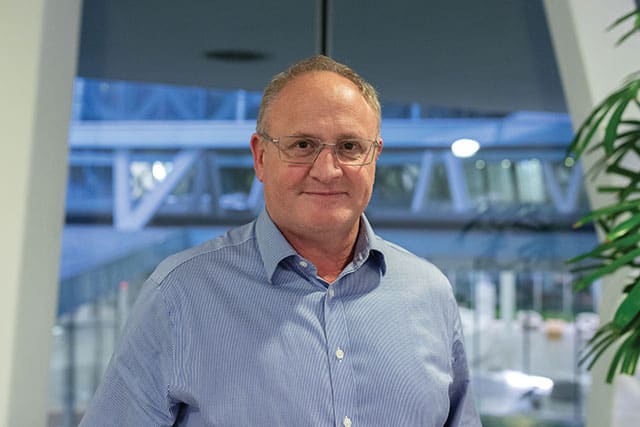
It’s an understatement to say the global healthcare system is complex.
Not least because it aims to serve 7.8bn people, it’s also made up of numerous systems that rarely work in the same way. Take this complexity and apply it to the research and development (R&D) of treatments for the 300 million rare disease patients spread across the world and we have what appears to be a nearly unsolvable problem.
The solution? The patient. The only common denominator in the entire healthcare journey. While physicians, nurses, researchers and investigators are vital in painting different parts of the picture, the patient is the sole viewer of that picture in its entirety. Simply put, this makes the empowerment of the patient invaluable, at every step.
Rare disease R&D hinges on the ‘real world’
Patient engagement in rare diseases is imperative. Rare diseases can impact people very differently and clinical trials, often using
a small, more artificially homogenous group of patients, aren’t able to reliably demonstrate the actual effect of the treatment to the wider population.
For that, we need real-world evidence (RWE) generated in real-world studies. For the past 20 years, true understanding of the patient experience has been the turnkey for R&D for therapies in pulmonary arterial hypertension (PAH) at Janssen Pulmonary Hypertension (following the integration of Actelion).
I would go as far to say that R&D is futile if, at the end of the day, patients are unable to obtain the therapies they need, which is where RWE for market access truly comes into its own. However, providing data in rare diseases is rarely a ‘slam dunk’, as the generation of RWE comes from multiple sources.
It’s hard work and complex and often doesn’t include as broad a selection of the patient population as we’d want, but ultimately it gives the greatest insight into the true effectiveness of therapies. This makes a network of robust, transparent and reliable RWE, such as PHederation, a vital tool.
Prioritising patients
RWE is the only way to find out exactly how beneficial therapies are for patients living their day-to-day lives. It also gives us a greater understanding of disease progression and the unmet medical needs to target. For regularly misunderstood rare disease patients, such as those with PAH, this information is critical for developing medicines that may not only improve their prognosis but also their everyday lives.
One way to help reach this goal is through patient reported outcomes (PROs) studies, but the defining feature of how successful this data collection will be relies on how greatly each study values the patient.
The design and delivery of every PRO study must be developed with a view to enhance each patient’s experience, so we
need to ensure that PROs are intuitive, easy to adhere to and communicated clearly and transparently. A bonus for the patients who do take part in these studies is that there’s a clear connection between being more active in their care and being more accepting of their condition, which boosts mental well-being.
Continual patient feedback also plays a pivotal part and the role of patient advocacy groups should never be underestimated. They’re our trusted partners, helping us to better understand the lived experience of patients and supporting data collection. Health Preference Research can also help us
to learn more about the patient perspective, especially about the trade-offs they’re willing to make between the benefits and risks of different PAH treatment strategies or interventions, an area where Janssen PH continues to innovate.
What lies ahead?
Healthcare systems and how healthcare is delivered will continually evolve, so how do we make sure that the contemporary patient experience is captured properly?
The elephant in the room – COVID-19 – is our springboard for reimagining how we do
this; coupled with decentralised studies and remote monitoring, capturing the patient experience digitally, including fitness, activity and PROs, will be worth its weight in gold.
The future will belong to those who set and analyse this type of patient-generated data as endpoints, and those who are bold enough to be able to redefine what this clinical outcome is and make it suitable for both regulators and payers.
Bob Temple of the US FDA said that a clinically meaningful endpoint in PAH is one that directly measures how a patient feels, functions or survives; even though we don’t know what it looks like yet, I’m confident that digital technologies will help make this a reality within five years.
The pandemic has taught us that we can’t predict the future, but we can anticipate what might happen and start working based on those parameters to improve patients’ lives for the better.
Neil Davie is Global Therapeutic Area Head, Pulmonary Hypertension at Janssen





